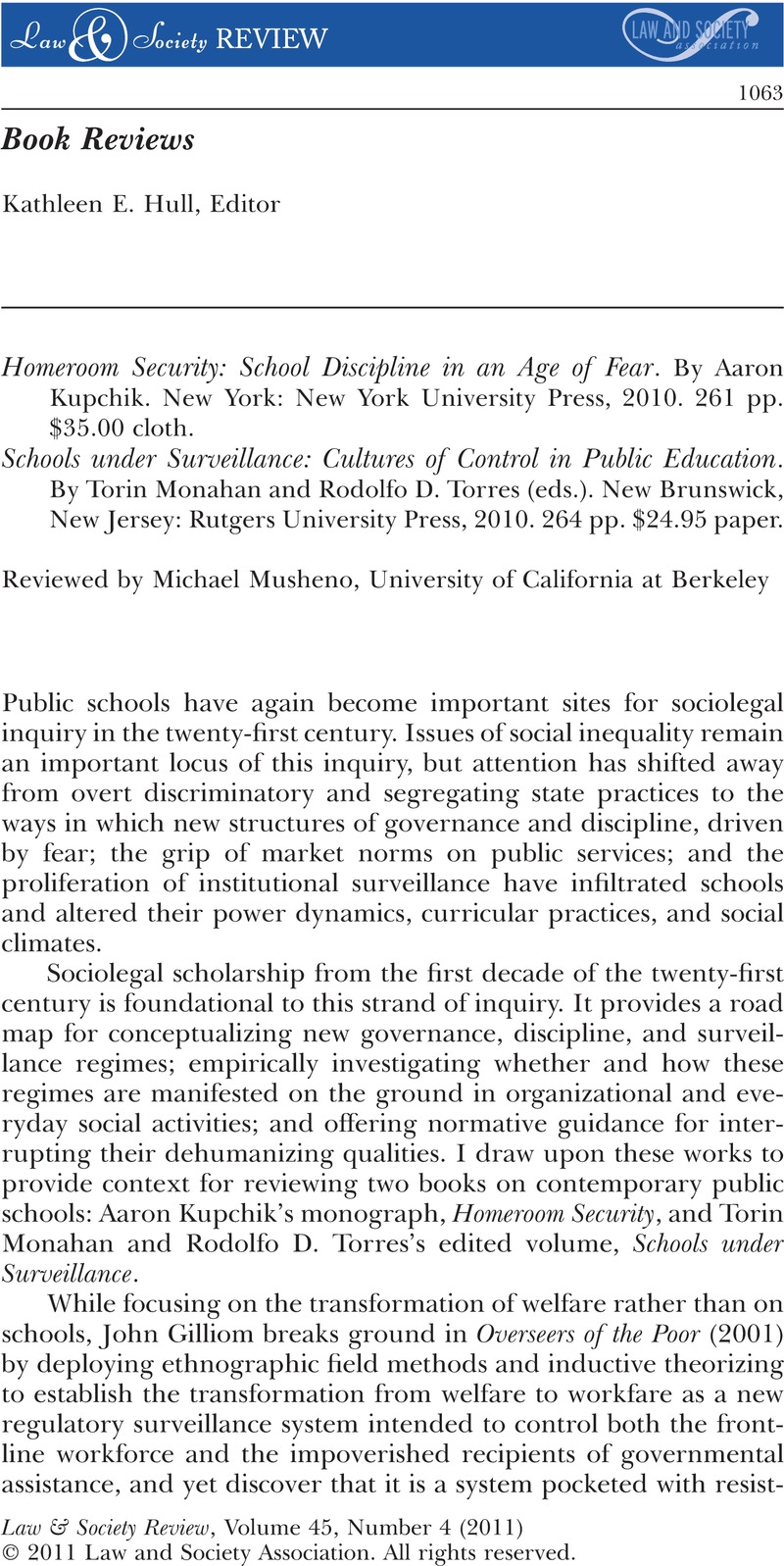Crossref Citations
This article has been cited by the following publications. This list is generated based on data provided by Crossref.
Steeves, Valerie
Regan, Priscilla
and
Shade, Leslie Regan
2018.
The Palgrave International Handbook of School Discipline, Surveillance, and Social Control.
p.
445.



